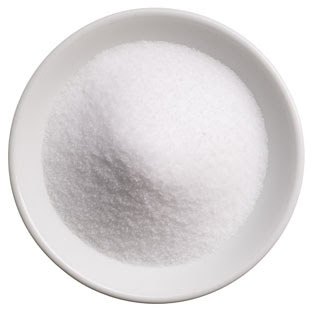2010
By Syed Akbar
Hyderabad, July 25: Indians should take not more than 5 grams of salt a day if they want to keep hypertension and related heart diseases at bay.
The expert committee on new dietary guidelines, appointed by the Indian Council of Medical Research, has
recommended daily salt dose of 1.1 grams to 3.3 grams. But in no case it should cross 5 grams if Indians
want to keep hypertension under check.
The new guidelines are likely to come into effect in a couple of months. Meanwhile, people may send in
their suggestions to the ICMR to its website www.icmr.nic.in, if they feel the salt quantity recommended is
either too low or too high.
While fixing the upper limit for salt consumption, the expert committee said scientific evidence shows that
primitive Indians and other people did not use much salt and thus were free from theproblem of
hypertension.
The salt content of natural diets, predominantly plant-based foods in India, does not exceed 300-400 mg of
sodium or one gram of salt. The Indian diet provides 90 per cent sodium from salt or sodium chloride, and
only 10-15 per cent originates from natural foods.
According to the expert committee report, salt intakes higher than 10 grams can be considered to have a
definite tendency to increase blood pressures. In India, 10 per cent of the attributable deaths are due to
hypertension and this appears to be an escalating disorder.
"Chronic disease risk factors are a leading cause of death and disability in all countries and the important
risk factor is raised blood pressure. Around 7.1 million deaths occur as a result of hypertension and
therefore, it is essential to have dietary approaches at a population level to decrease hypertension, salt being
one of the important factors in the genesis of blood pressure. Hypertension is prevalent in 24-25 per cent of
people in rural India," the report said.
Apart from its relationship to hypertension, at intakes of 590-680 mmol (millimoles per litre), healthy
individuals can develop fluid retention.
The most common cause of sodium deficit is acute diarrhoea. The other disease, where it has a vital role to
play, is hypertension. A safe and adequate level is 1100-3300 mg/day. The minimum requirement for a
healthy person is 500 mg of sodium for adults and for infants and children, 58 mg/day. The maximum daily
intake of sodium chloride should not exceed 5 g per day.
But in different places people consume up to 30 g of salt every day. Almost 40 per cent of families consume
around 10 grams of sodium daily.
The dietary guidelines are being revised after a gap of 20 years. Besides salt, the ICMR will fix the
maximum and the minimum intake of protein, fat and carbohydrate, besides including new nutrients, dietary
components like selenium, B6, dietary fibre and antioxidants.
"Since 1990, there has been newer information generated by international research, updated and more
precise approaches adopted in assessing human nutrient requirement and dietary intakes and covering newer
nutrients, which have not been considered hitherto," said ICMR experts committee chairman BS Narasinga
Rao in his draft report.
Emphasising the need for new dietary guidelines, NIN director B Sesikeran said nutrients below the RDA or
many times beyond the RDA could affect the health of an individual. "The physiological status also decides
the individual's nutrient needs and this has been factored into the RDA," he added.

No comments:
Post a Comment